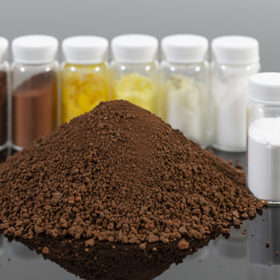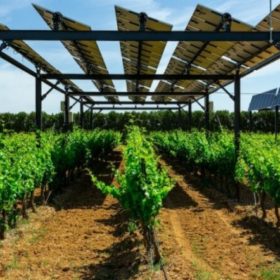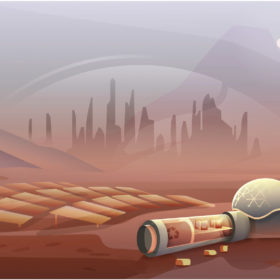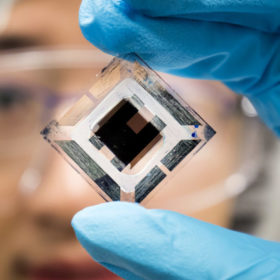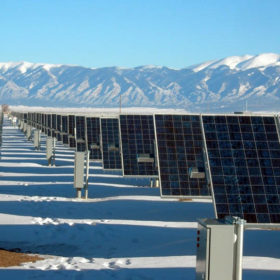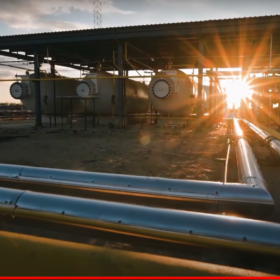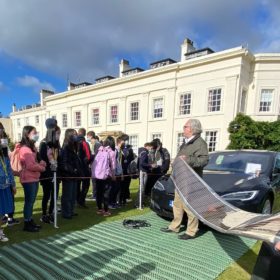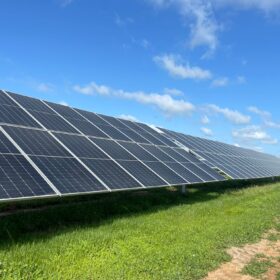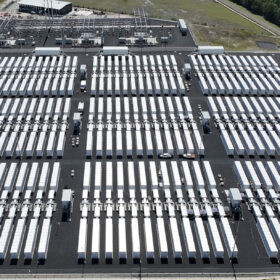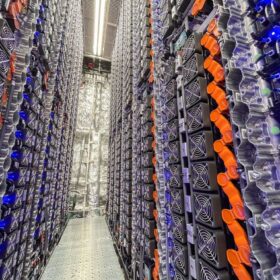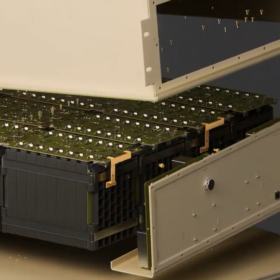Queensland critical battery minerals project receives $5.2 million federal grant
The Commonwealth government’s Critical Minerals Accelerator Initiative has awarded a $5.2 million grant to Canberra and Brisbane-based Lava Blue, a company seeking to improve the processes of valuable minerals from vanadium pentoxide processing waste, particularly high purity alumina.
France defines standards for agrivoltaics
France’s environmental agency Ademe has released a set of new guidelines that clearly define “agrivoltaics.”
Photovoltaics vs. nuclear power on Mars
Solar might be more efficient than nuclear energy to supply power for a six-person extended mission to Mars that will involve a 480-day stay on the planet’s surface before returning to Earth, according to new US research.
UNSW Exclusive: unlocking the potential of singlet fission for future PV devices
Materials which undergo singlet fission provide an exciting and different pathway for exploiting the full solar spectrum, researchers at the prestigious University of New South Wales explain.
Battery fire at Salt River Project in the US
Fire crews in Chandler, Arizona, sent robots into a building at the Salt River Project where a 10 MW battery was smouldering.
Long-duration storage solution based on saltwater
Developed by Dutch start-up AquaBattery, the storage technology is claimed to independently amend power and energy capacity. The battery system utilises three storage tanks, one with fresh water, one with concentrated salt water and one with diluted salt water, and also relies on membrane stacks.
PV in the circular economy: modelling tool helps predict flow of solar materials
PV ICE uses the latest data from the solar industry to model the flow of PV materials over the next several decades, helping to predict the effects of different market trends, technological developments, and government policies.
Green ammonia low-hanging fruit for India’s hydrogen economy
A new report from IEEFA says green ammonia could help India significantly reduce its trillion-rupee fertiliser subsidy bill and cut dependence on liquefied natural gas (LNG) imports for fertiliser production.
Printed solar panels developed in Newcastle to power Tesla’s journey around Australia
Commercially printed solar cell technology developed by the University of Newcastle is being put to the test to power an electric vehicle’s 15,097 kilometre journey around the entire coastline of Australia.
Growatt unveils solar rechargeable portable power station
Chinese inverter maker Growatt has launched Infinity 1500, a portable power station for off-grid applications.
